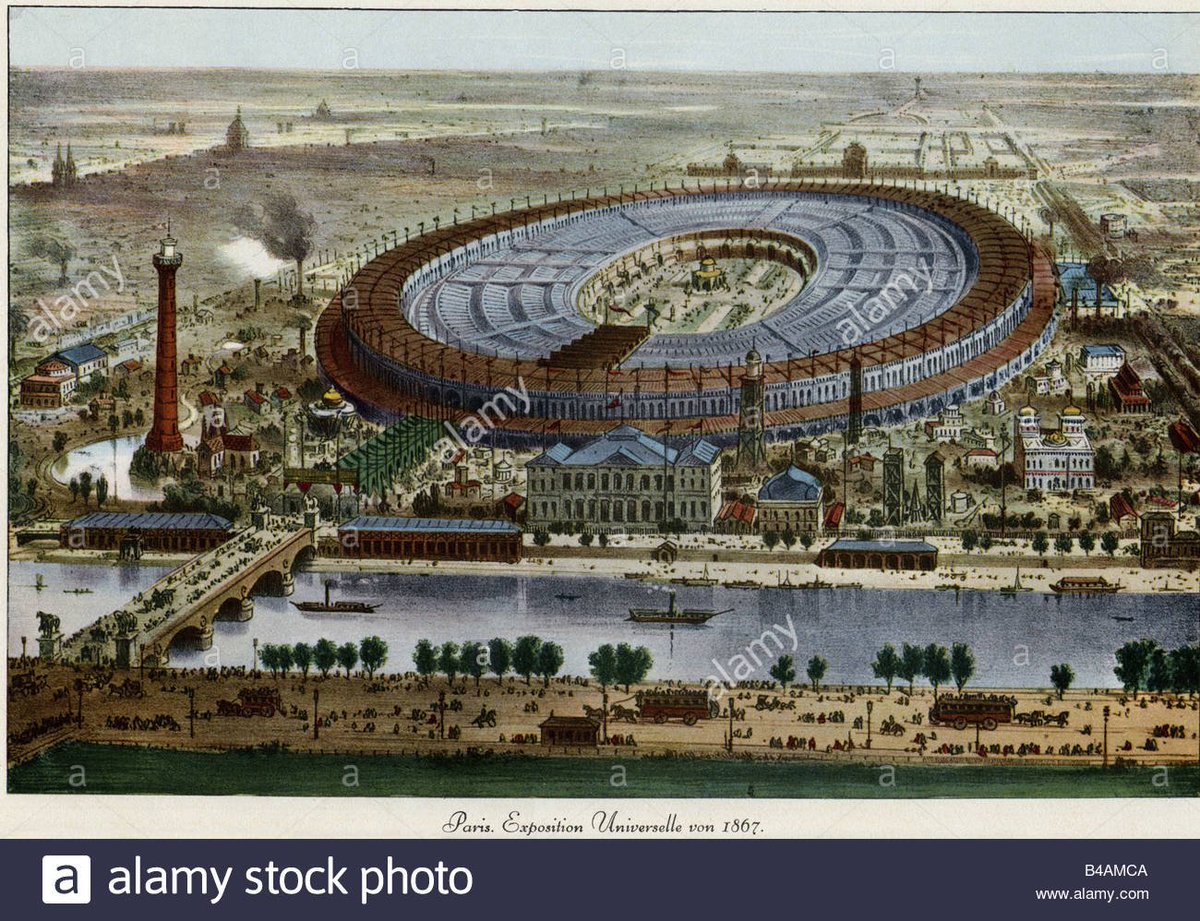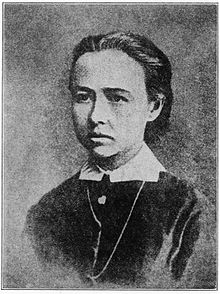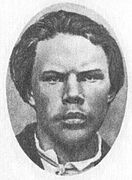The 'blood' in its name indicates that the church was built at the spot where Alexander II's blood was spilled, in the last assassination attempt. #Thread
5 years after his coronation, Alexander II abolished the longstanding practice of serfdom in the Russian Empire.
After a significant period of time, Russia achieved a budget surplus in 1873.
But that does not deny the farsightedness of some of his reforms.
(This person, Ossip Komissarov, would later be given an allowance by the State.)
Fortunately for them, Berezowski's gun would misfire hitting the horse of an escort cavalryman.
Too bad for the horse though.
But thanks to his reflexes, the Tsar spotted the gun in the hands of Alexander Soloviev and fled the scene, supposedly in a zig-zag pattern to avoid being an easy target.
But that did not stop them.
But they missed the Tsar's train.
The last and final assassination attempt on Tsar Alexander II.
They would leave nothing to chance.
Every Sunday, the Tsar left the Winter Palace for the Mikhailovsky Manege.
But its history began as a stable to hold elephants that Nadir Shah of Persia (yes, the same one who attacked Delhi in 1739) had gifted to the Russian Tsarina Anna.
So, Alexander II would go to the Mikhailovsky Manege from the Winter Palace, every Sunday.
On his way back, he took one of two routes.
On occasion, he switched to the road by the Catherine Canal (named after Catherine the Great) who increased its depth.
So, what was the plan?
They set up a cheese store on the Malaya Sadovaya Street which the Tsar was likely to take.
And they dug a tunnel under it.
The idea was to light it up as the Tsar's carriage as it crossed the street.
What if the explosion didn't happen? Or was early or late?
Remember the dinner plan that bombed? (Ok, forgive the pun)
But what if that failed too?
His wife Sophia took charge.
In the odd event that he took the road by Catherine Canal, the bomb throwers alone would have to finish the job.
Plan A of the dynamite: Fail
She immediately took out her handkerchief and sneezed, signaling to the bombers who moved towards the Catherine Canal, ready to attack the carriage as it came by.
Instead of heading back to the Winter Palace, he decided to stop by and meet his cousin.
This gave the bombers plenty of time to position themselves near Catherine Canal.
It rolled a little further past and exploded, killing one of the Tsar's guard.
Why?
Remember the 2nd assassination attempt, that happened in Paris?
So, the Tsar emerged after the explosion, rattled but unharmed.
The 2nd bomber (remember there were 4?) threw a bomb right beneath the Tsar's feet.
Perhaps, Alexander II had run out of luck after all.
His death and the succession of his son Alexander III put an end to this modest step.
The Catherine Canal was renamed after the Russian playwright and diplomat, Alexander Griboyedov.
The Church? it served various functions during the Russian Revolution, the 2nd World War and post-war era.
Thank you for reading.
@threadreaderapp Please compile.





















